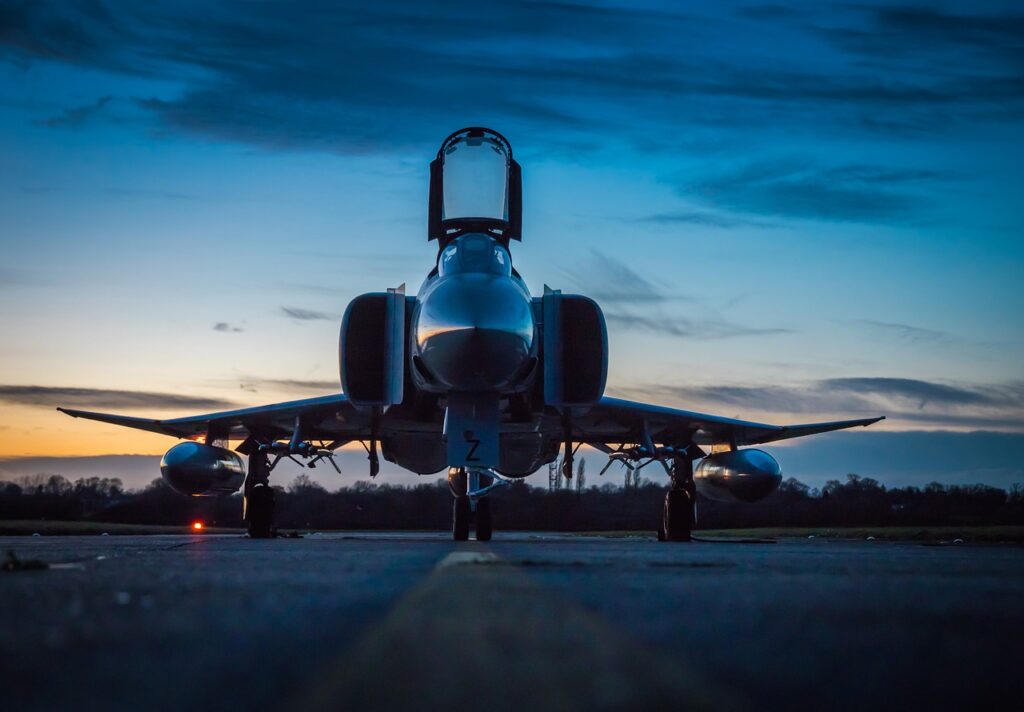Every day we learn of a new step in the technology used in world aviation, which makes the airline industry more sophisticated and more reliable. Since its emergence, the airplane has been at the forefront of news and technological advances. We have evolved from engines lined with wood and fabric in the early 20th century to large metal machines that carry hundreds of passengers across the ocean today.
We have seen a huge leap in the capacity of the engines that made planes take off. We follow the evolution of communication systems, geolocation, navigation, and much more. We are still following several forms of innovation in air transport, and there is a lot more news that promises to become essential in aviation in the coming years.
Below we talk a little about some that are already successful today and others that may revolutionize the industry soon.
Robotic assistants at airports
Robotic airport assistants are an increasingly common resource: they help you move more easily through the crowds at an airport while keeping track of flight information. To alleviate the overwhelming increase in airport traffic, many airports now have ‘hired’ robots that are ready to guide the traveler to the check-in counter and provide all the necessary information about the boarding gate and the flight, from the first moment in which it enters the airport. They streamline the check-in experience, eliminate queues, and make airports more efficient. Currently, this resource is available at Taoyuan, Incheon, and Munich airports. The robots of the Dutch airline KLM ‘Care E’ go one step further: they not only guide travelers through the airport but also carry their luggage.
Pilots are trained through virtual reality
Virtual reality could land in the world of aeronautics to help train future pilots. The engineering company Singapore Technologies Engineering has already developed a virtual reality simulation tool designed to train commercial pilots. These goggles allow them to work in a virtual cockpit and receive air operations instruction through a secondary controller or motion sensors.
The company assures that this method would reduce training costs since the system could be reconfigured for different aircraft models and would require fewer instructors.
Internet of Things
You have probably heard about the internet of things – or IoT. For those unfamiliar, this technology allows different devices to connect with each other without the need for a computer. With this, data is transmitted in a much faster way, using only one connection to the network.
In aviation, this can be used in several ways, one of which is to optimize aircraft maintenance. And how can this are done? Imagine several sensors installed inside and outside the plane collecting data that can be accessed from a simple device, such as a tablet or smartphone. The person responsible for the maintenance and repair of the aircraft can have an overview of the aircraft, identifying which parts need repair or replacement.
Besides, these sensors can have a tracking function, which can assist supply chain professionals in purchasing parts that are at the end of their lives, not leaving maintenance professionals in the dark.
Biometrics: no piece of paper can better represent the traveler than their own face
Biometrics is on the way to completely replace the need for manual identity checks. It’s a fact that endless lines at the check-in counter, border control, duty-free shops, and the gate can take the holiday spirit out of every trip. Also, flight delays and cancellations can further add to the confusion: if someone has to travel on a Friday, they may have to put up with the fact that 3 out of 10 flights are delayed at the airport, making the Friday is the worst day of the week to travel. Unlike Friday, Tuesdays are likely to provide a smoother check-in experience, as it is the best day to travel with departure and arrival of flights with a punctuality rate of 75%. With the introduction of biometrics, long lines could go down in history.
There will come a time when the identity of each person will no longer have to be proven: with advanced recognition technology, all controls can be automatically passed through and allowed to enter a plane without ever having to show a passport or identification card. As long as the traveler is on the passenger list and has no exit restrictions, their unique biological traits, such as iris and fingerprints, will be sufficient to prove their identity to customs and airline personnel.




